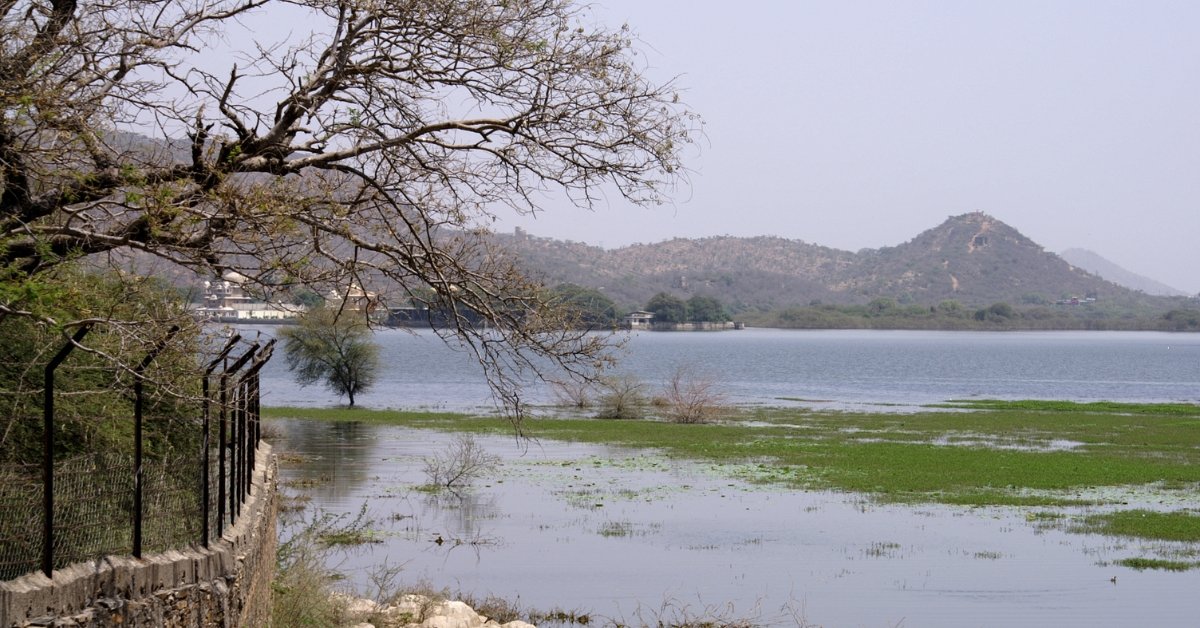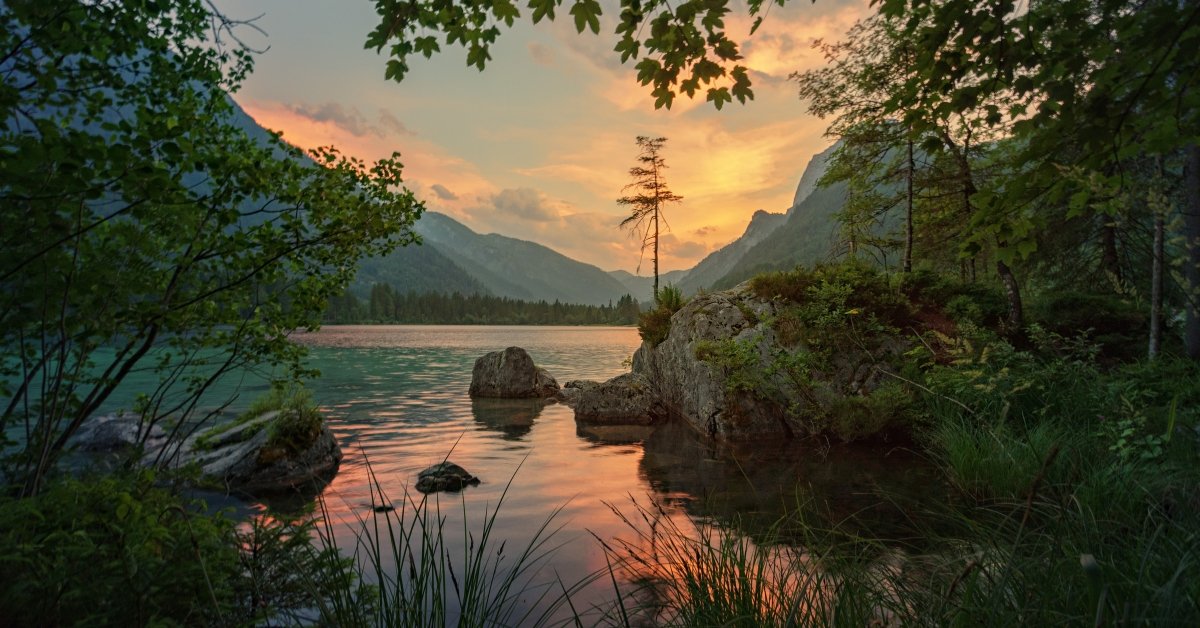Explore Bengaluru’s lake crisis: pollution, revival projects, and hope for restoration. Can these water bodies be saved?
Table Of Contents
Introduction: Bengaluru’s Lakes In Crisis

Bengaluru, once known for its green landscapes and vibrant lakes, faces a serious threat to its natural heritage.
These lakes, which supported farming, wildlife, and communities, are now polluted and shrinking.
With recent efforts to save them and alarming reports of poor water quality, we at THOUSIF Inc. – INDIA are digging into the big questions: Can Bengaluru’s lakes be saved? What is being done to bring them back?
This blog post shares the latest updates, challenges, and hopes for these vital water bodies in a simple, engaging way.
The Current State Of Bengaluru’s Lakes
Bengaluru’s lakes are in trouble.
Once, around 280, only about 80 are managed by the city today.
Pollution and urban growth have hit them hard.
A June 2025 inspection found that water in 2,020 lakes is so polluted that it is unfit for farming.
Sewage from the city flows into rivers like the Vrishabhavathi, poisoning the lakes.
Over the past 28 years, 64% of the city’s water bodies have disappeared due to construction and climate change.
Lakes like Bellandur, infamous for catching fire in 2017 due to toxic waste, show how bad things have gotten.
Bengaluru’s Lakes At A Glance (2025)
| Aspect | Details |
|---|---|
| Lakes Assessed | 2,020 (June 2025) |
| Water Quality | Unfit for farming (‘D’ and ‘E’ categories) |
| Main Pollution Source | Untreated sewage from the city authorities |
| Lakes Managed by BBMP | ~80 |
| Historical Lake Count | ~280 (some say up to 1,521) |
Efforts To Save The Lakes
There is hope for Bengaluru’s lakes thanks to new funding and projects.
In June 2025, the World Bank approved ₹3,600 crore to improve water security and revive lakes.
This project will build nine sewage treatment plants and connect over 100,000 homes to proper sewer systems to stop sewage from reaching lakes.
For Bellandur Lake, the government pledged Rs 80 crore in June 2025 to continue cleaning it up.
By May 2025, 70% of the lake’s silt, over 32 lakh cubic meters, had been removed, though rains and early monsoons slowed progress.
Past efforts, like the 2008-2009 restoration of Lower Ambalipura Lake for Rs 56 lakhs, show that commitment makes revival possible.
Key Lake Revival Projects (2025)
| Project | Funding | Goals | Status |
|---|---|---|---|
| World Bank Water Security Project | ₹3,600 crore | Sewage treatment, lake revival | Approved (June 2025) |
| Bellandur Lake Rejuvenation | Rs 80 crore | Desilting, inlet cleanup | 70% desilted (May 2025) |
| Lower Ambalipura Lake Restoration | Rs 56 lakhs | Full restoration | Completed (2008-2009) |
Why Pollution Is A Big Problem
Pollution, especially from untreated sewage, is the biggest threat to Bengaluru’s lakes.
A June 2025 inspection revealed that city authorities dumped sewage into rivers, making lake water toxic.
Only one lake, Allasandra, was clean enough for drinking after treatment in 2022, and most remain heavily polluted.
Construction on lake land, like near Bangalore Airport, is also a problem, shrinking their size.
Social media posts in June 2025, viewed by thousands, called out this pollution and demanded action, showing how frustrated people are.
Pollution Sources And Effects
| Source | Effect | Reported |
|---|---|---|
| Untreated Sewage | Toxic water, unfit for farming | June 2025 Inspection |
| Urban Encroachment | 64% loss of water bodies in 28 years | Research Study |
| Past Industrial Waste | Toxic sludge, fires (e.g., Bellandur 2017) | News Reports |
Community Efforts To Save Lakes
Bengaluru’s people are stepping up to protect their lakes.
Anand Malligavad, called the “Lakeman of India,” restored Kyalasanahalli Kere in 2022, inspiring others.
Though tough, resident groups are fighting to stop builders from taking over the lake land.
Social media campaigns in June 2025 spread the word about pollution, pushing for change.
These efforts show that communities, alongside government projects, are key to saving the lakes.
The History Of Bengaluru’s Lakes
Bengaluru’s lakes have a rich past.
Centuries ago, canals connected them, ensuring water even in dry times.
Some say there were up to 1,521 lakes, though around 280 are well-documented.
Urban growth and poor management have reduced their numbers, with only 80 under city care today.
The 2017 Bellandur Lake fire was a wake-up call, showing how neglect had turned these treasures into hazards.
Saving them now is about preserving Bengaluru’s history and identity.
Challenges In Lake Revival
Reviving Bengaluru’s lakes is not easy.
Sewage keeps flowing because there are not enough treatment plants.
Funding issues and heavy rains delayed projects like Bellandur’s cleanup. Builders continue to encroach on lake land, especially in growing areas.
Despite years of pollution, there is also a lack of accountability; no one has faced legal action.
These hurdles show that money alone is insufficient; strong rules and community support are critical.
Steps To Bring Lakes Back
To save Bengaluru’s lakes, we need a clear plan.
First, the construction and maintenance of sewage treatment plants should be finished to stop pollution.
Second, complete desilting projects like Bellandur’s to restore water flow.
Third, strict laws against encroachment and pollution should be enforced. Fourth, community groups should be supported with resources to monitor lakes.
Finally, spread awareness through campaigns to get more people involved. With these steps, Bengaluru’s lakes can thrive again.
Conclusion: Let’s Save Bengaluru’s Lakes Together
Bengaluru’s lakes are at a turning point.
With ₹3,600 crore from the World Bank, Rs 80 crore for Bellandur, and passionate community efforts, there is hope for their revival.
However, pollution and delays remain big challenges.
At THOUSIF Inc. – INDIA, we believe these lakes are more than water bodies.
They are Bengaluru’s heart.
By supporting projects, demanding accountability, and raising awareness, we can help save them.
Explore more stories about Bengaluru’s environment on our website, and join us in making a difference!
Trivia: A Fascinating Fact
Did you know that Bengaluru’s lakes were once so well-designed that they formed a network of canals in the 16th century? This system kept the city hydrated even during droughts, showing the brilliance of ancient engineering!






